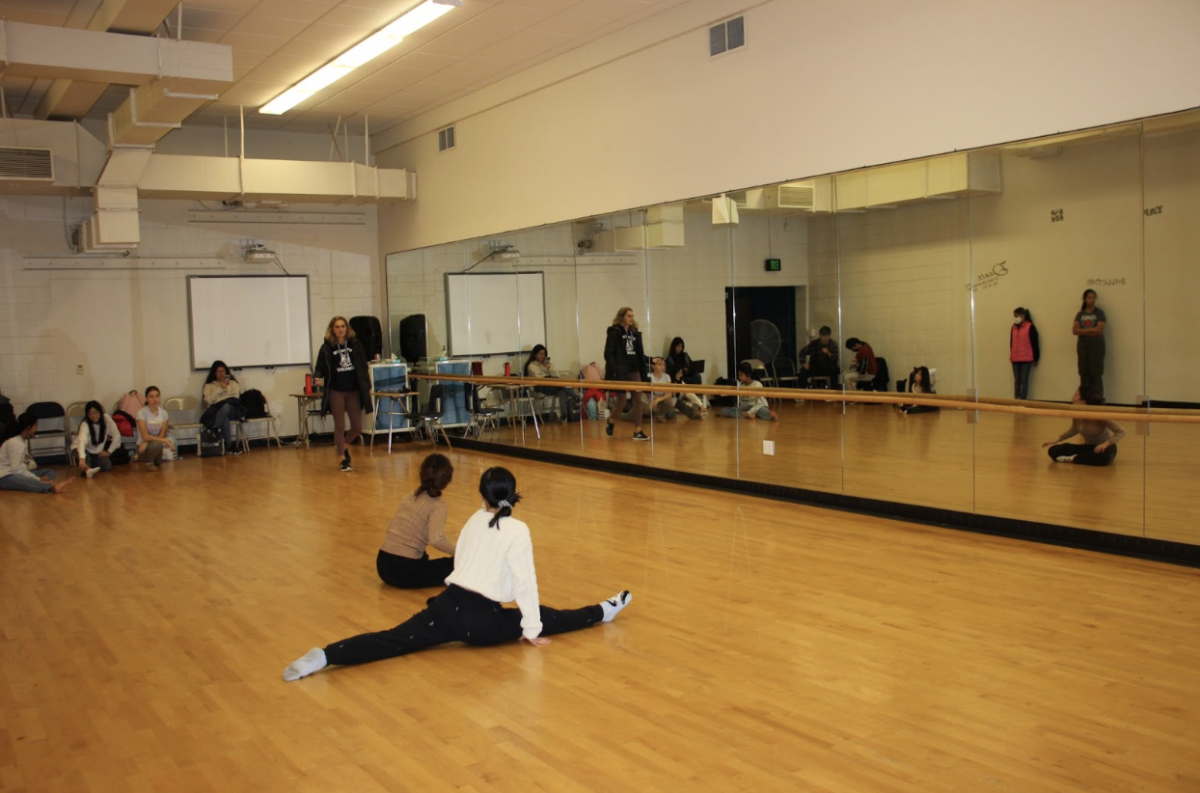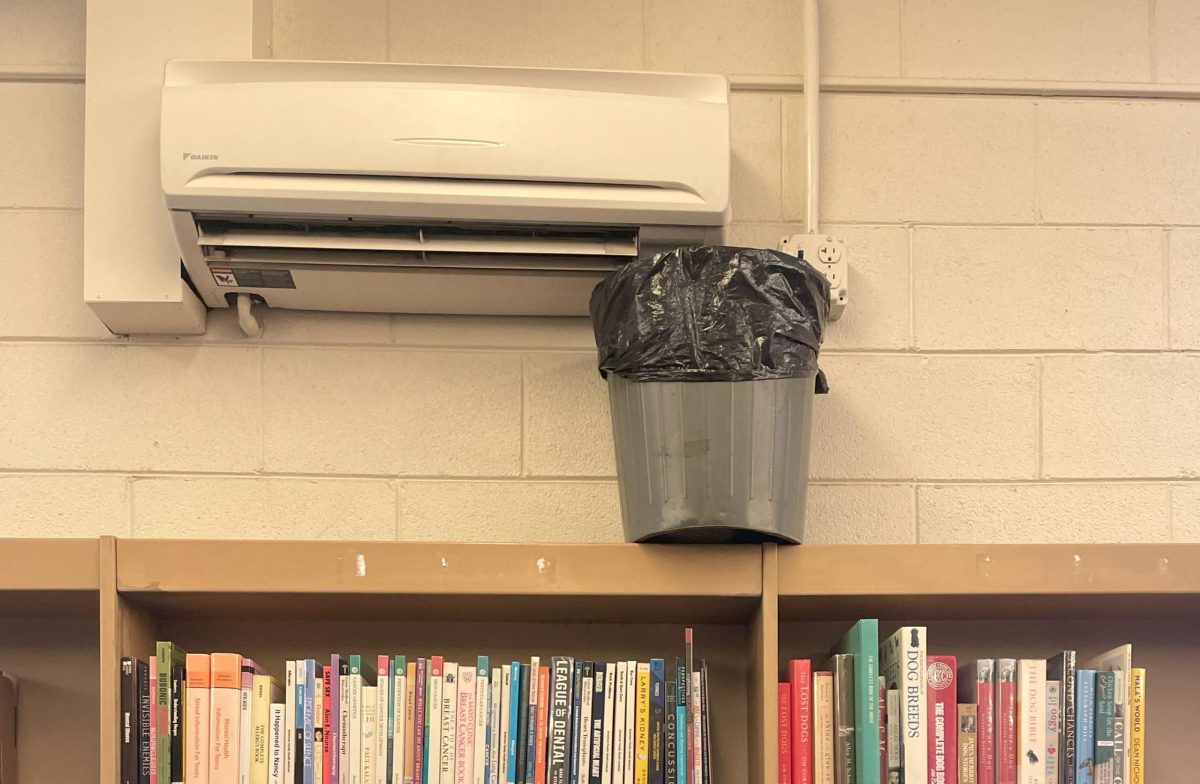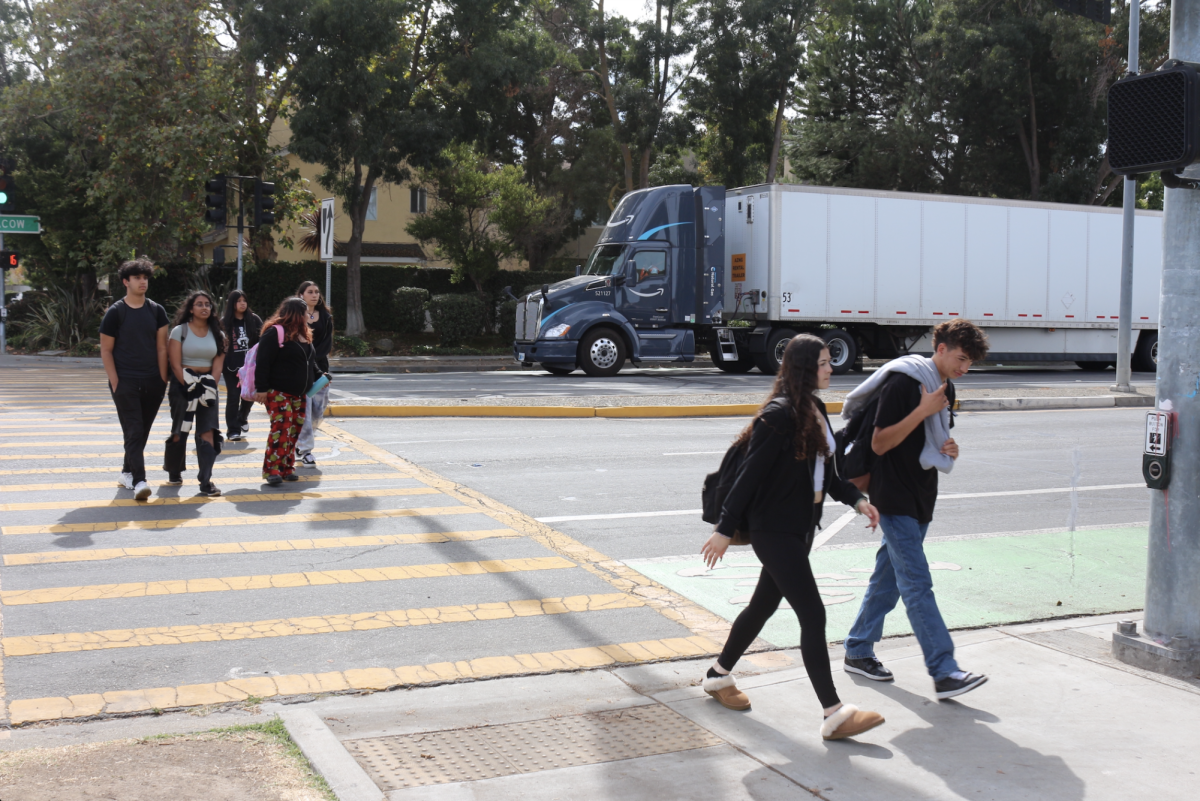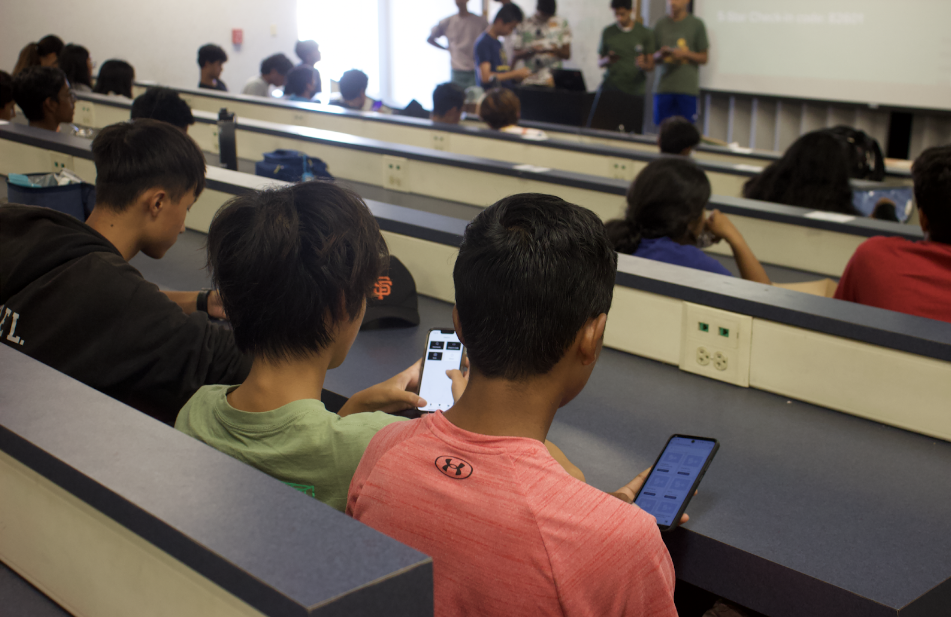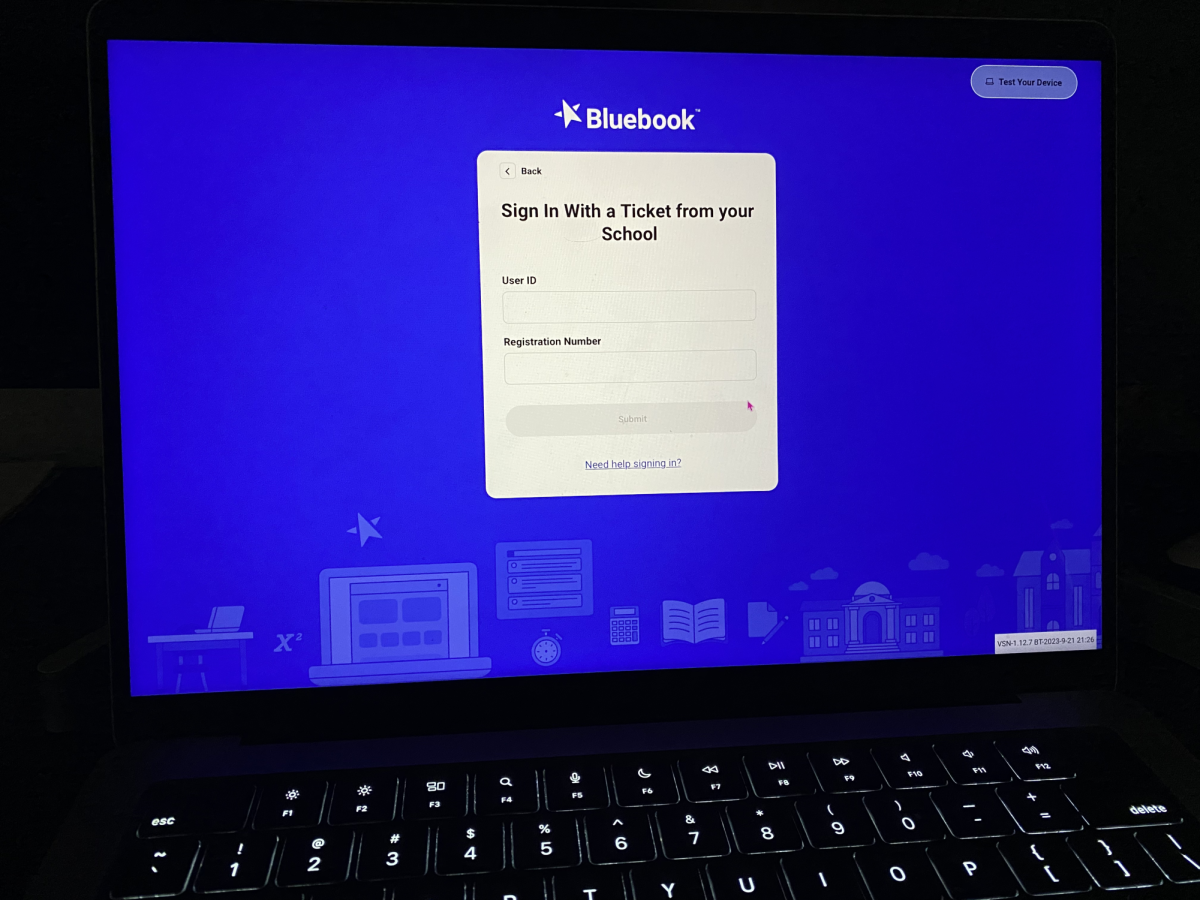It’s Time to BREAK Up Summer BREAK
The current FUSD school schedule has a lengthy summer break that prevents students from retaining information from the prior school year, while denying students much needed breaks throughout the term.
May 25, 2019
Summer slide, a phenomenon which occurs when students spend too much time outside of school and forget major topics they have learned due to the long break, causes students to lose 2.6 months of math skills, two months of reading, and one month of overall learning. This crisis can be prevented by cutting down the length of summer vacation, and instead having more frequent breaks which are shorter in length. Despite the numerous benefits which can be provided by having shorter breaks throughout the school year, opponents claim that without having a prolonged summer vacation, staff members will not having enough time to participate in professional development and prepare new lesson plans. However, because the total length of the breaks will remain the same in both scenarios—180 days—teachers and administration can rearrange their schedules to finish their preparation in a different interval of time. Instead of having a summer break that is almost three months long, Fremont Unified School District should change its system to have a shorter summer vacation and more frequent breaks during the year because this system will prevent the perpetuation of the education gap, while also enabling students to enhance their productivity and mental abilities.
A long summer break perpetuates the education gap between people from different economic backgrounds due to summer slide; however, having a longer school year with smaller breaks allows teachers to teach more content to students in a continuous period of time, and deepen their understanding in the subjects taught. According to The Atlantic, “‘The Summer Slide’ results in several lost months of reading and math skills, particularly among children who come from lower-income households. Children from affluent families experience similar declines in their math skills, though some research indicates that, thanks to their parents’ emphasis on summer reading, such students may actually make slight gains in their language-arts skills during the summer months.” Due to the length of summer vacation, income-based inequality in school achievement is exacerbated because students from lower-income families do not have the same opportunities as wealthier students, causing them to fall behind in their schoolwork because of a lack of resources and opportunities to help them counteract the effects of the “summer slide.” In addition, in the evaluation of a school district with a shorter summer break, the New York Times found that “Since the district transitioned to the longer calendar, the proportion of students passing state reading tests has gone to 65 percent from 51 percent, and math scores are also improving.” When students do not have a large break in the middle of their schooling, they are able to retain and learn more information, allowing them to perform better on standardized testing since they have a comprehensive understanding about the context that being tested. Because a shorter summer break enables students to commit more information to their memory and understand more topics in an uninterrupted period of time, the detrimental effects of “summer slide” are prevented, decreasing the prevalence of income-inequality within education.
In addition, more frequent breaks in the school year enable students to increase their productivity and develop their mental abilities. As described by Edutopia, “In a 2016 study, psychologist Karrie Godwin and a team of researchers measured how attentive elementary students were during class, and discovered that they spent over a quarter of the time distracted… Shorter lessons, however, kept student attention high.” By having breaks in shorter durations, but more often during the year, students can continue to pay attention to what is being taught in class without getting burned out or distracted, since their brains are properly rested and have the ability to focus more efficiently. This increases students’ productivity and makes it easier for them to complete tasks faster while also learning content on a deeper level. Similarly, “In a groundbreaking 2012 study, Mary Helen Immordino-Yang and her colleagues at USC and MIT used an fMRI scanner to examine neural activity during the brain’s “default mode”—a state of rest that’s usually associated with taking a break or letting our minds wander… Further experiments showed that this default mode is crucial for consolidating memories, reflecting on past experiences, and planning for the future—in other words, it helps shape how we make sense of our lives.” More frequent breaks allow individuals’ brains to return to the “default mode” described in the study more often, fostering the development of several mental abilities such as fortifying memories, effectively evaluating previous experiences, and thinking about the future. The growth of these abilities are beneficial for students in the long term and make them more abled to deal with life in the future. By decreasing the size of summer vacation and having breaks more often instead, students are able to rejuvenate their brains while also expanding several mental abilities which are crucial to their future success.
Although teachers’ unions do not support cutting down summer break due to concerns about not having enough time to “participate in professional development and prepare new lesson plans,” they fail to acknowledge that these activities can still be done in smaller breaks. Because the amount of time spent in school will still be 180 days, there is the same amount of time for teachers to do everything they need to accomplish. While it is true that teachers may have to shift their schedules to account for a different distribution of vacation days, the benefits which can be reaped from having a short summer and more breaks throughout the year outweigh the small amount of time that will be spent in changing teachers’ schedules. In addition, the teachers only need to change their schedules once when the school calendar changes, so any problem caused by these changes will not be significant in the larger context of the situation. The main argument against changing the calendar, that teachers will not have enough planning time, does not stand because the total amount of school days will remain the same, so teachers will still have the same number of days to organize their curriculum.
Having a shorter summer break and increasing the frequency of breaks of shorter durations is beneficial to students since it decreases the effects of “summer slide,” and also increases the productivity and brain functions of students. Summer slide is prevented because students have a more continuous learning period, so they can remember more information and learn about more topic areas in the same amount of time. Students’ brains are also benefited from this schedule change because they have more time to refresh themselves and develop important skills such as being able to reflect on the past. Although opponents may claim that changing the vacation system will prevent teachers from effectively being able to plan for their upcoming year curriculum, this is not an issue because of the fact that the total amount of vacation days will remain the same. Modifying the vacation calendar will provide numerous benefits to students while also mitigating the effects of societal issues such as income-inequality within education.





